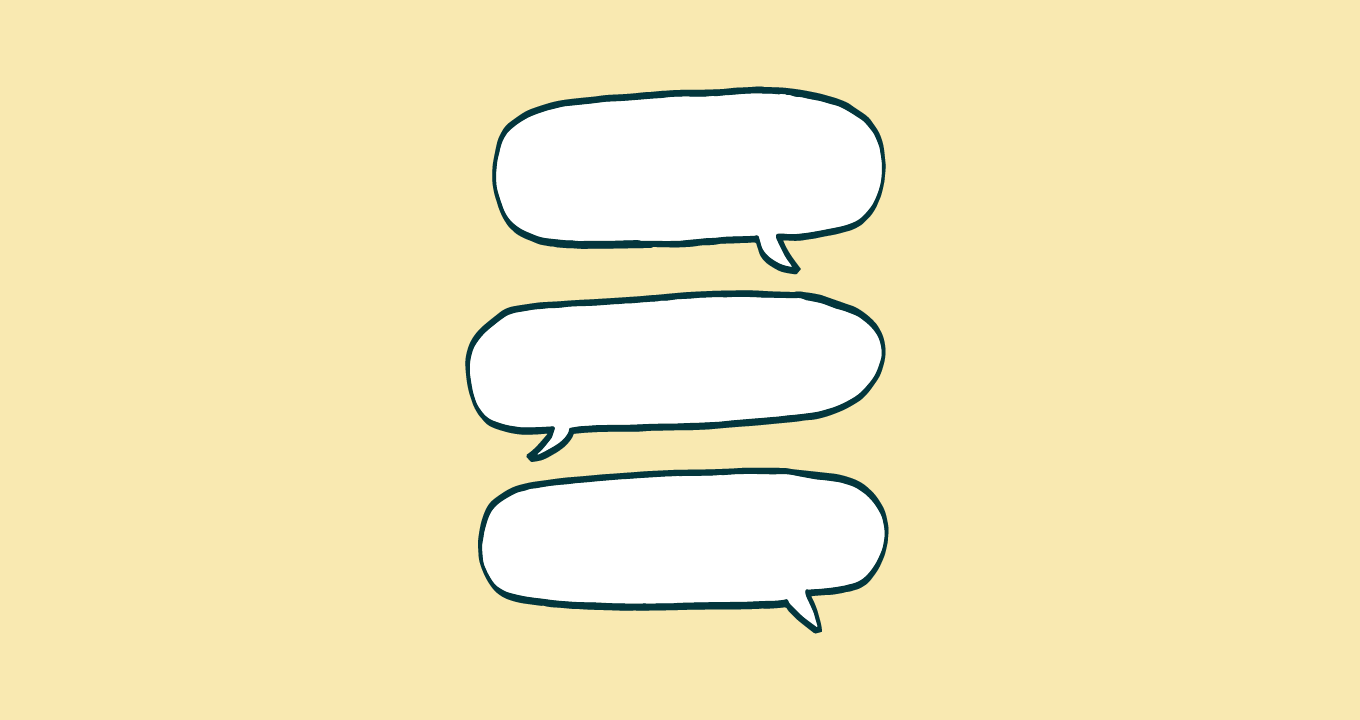Businesses are more likely to build a real connection with their customers when their outreach is personalized. To send a thoughtful message at the right time can make a customer think, “Oh, perfect timing” and want to follow-up. But how can it be done in a way that accommodates a large customer base and in a manner that benefits the customer experience?
That concept is what drives proactive support—a strategic way of engaging customers before they reach out. One method of accomplishing that is through proactive messaging.
What is proactive messaging?
Proactive messaging is customer outreach before they’ve contacted the business. A few reasons why companies would want to initiate engagement include:
Influencing their customers’ decision-making to help them through the buying process
Educating customers on new products, services, and features by guiding them towards where they can conduct their research
Offering support options on known issues so that customers are aware before encountering them
Providing guidance if a customer is confused by or unsure when they’re interacting with a website or online product
Reconciliation after a poor customer experience by offering an apology or discount
Two types of proactive messaging: trigger-based and broadcast
Trigger-based proactive messaging is when an event causes an automated message to be sent. When specific conditions are met, a personalized message pertaining to those conditions is delivered to the customer.
Let’s say a customer is recognized as a “new user” in an online service and hasn’t clicked on one of the features after joining a month ago. Meeting the conditions of “1-month user” and “hasn’t used ____ feature” could trigger a proactive message designed to educate the user. It could direct them towards the feature in the interface or offer a support article on what the feature can do.
Other examples trigger-based proactive messaging include:
Suggesting other content (triggered by the customer not engaging with previously provided content)
Asking for feedback (triggered by a requested refund or a customer support interaction)
Guiding customers through the buying process (triggered by an abandoned cart)
Broadcasted proactive messaging highlights an event or feature so that the message is front and center for multiple customers. Usually they’re in the form of a banner or a pop-up message in a high-traffic location, such as a homepage or login screen. They’re not as targeted as trigger-based messages (since they don’t rely on specific conditions), but they can still target specific customers by choosing a strategic location.
Examples of broadcasted proactive messages include:
New feature or product announcements
Notification of outages for specific customers
Inviting customers to a conference or event
Promoting a weekly/monthly newsletter
Be ahead of the game
Zendesk Connect manages proactive customer communication across channels, to deliver better customer experiences at scale.
When to use proactive messaging
Successful use of proactive messaging involves identifying high-value times to engage customers and subsequent A/B testing to find which messages will resonate with customers the most.
A great example is Freshly, a meals-on-demand subscription service, that used proactive messaging to improve their customer retention. They recognized when their customers asked to cancel their subscription, they could learn more about the customer experience. They set up proactive messages that broke the churning customers into subgroups, which allowed Freshly’s support agents to engage them with personalized conversations on each specific situation. They then used the results of those learnings to focus on where the service could be improved.
Proactive messaging can be used as part of the following strategies:
1) Acquiring customers
When trying to acquire more customers, proactive messages can help guide them through the buying process or customer journey. They can direct new users on how to fill out a profile when signing up or point them towards flash sales for first-time buyers. For unengaged prospects, the messages could offer discounts or highlight features they’d be interested in.
2) Influencing customers
Telling customers about a new product line or sales promotion can influence them to purchase; or, if they added a specific item to their cart, a proactive message could highlight another product they should purchase. It can be a good opportunity for a “you may also like…” message in regards to suggested products or content.
3) Educating customers
Triggers can be set up to provide onboarding introductions for new or unused features, or share a support article about the feature. Newsletters that include helpful tips and information can be promoted to increase readership.
4) Supporting customers
Support tickets can be deflected with proactive messaging for common support questions. One example is highlighting a known issue (like improper sizing on a specific piece of clothing) before the customer makes a purchase. If an account is in danger or gave a low CSAT score, a triggered message can offer a personalized apology or a promo code.
5) Retaining customers
Multiple triggers can indicate that customers are unengaged: they haven’t logged in over __ amount of time, no new recent purchases, requesting a refund, and so on. Proactive messages can gather feedback on why they’re no longer engaged or make suggestion that might interest them. A broadcasted message can highlight a specific feature that your churned customers asked for.
